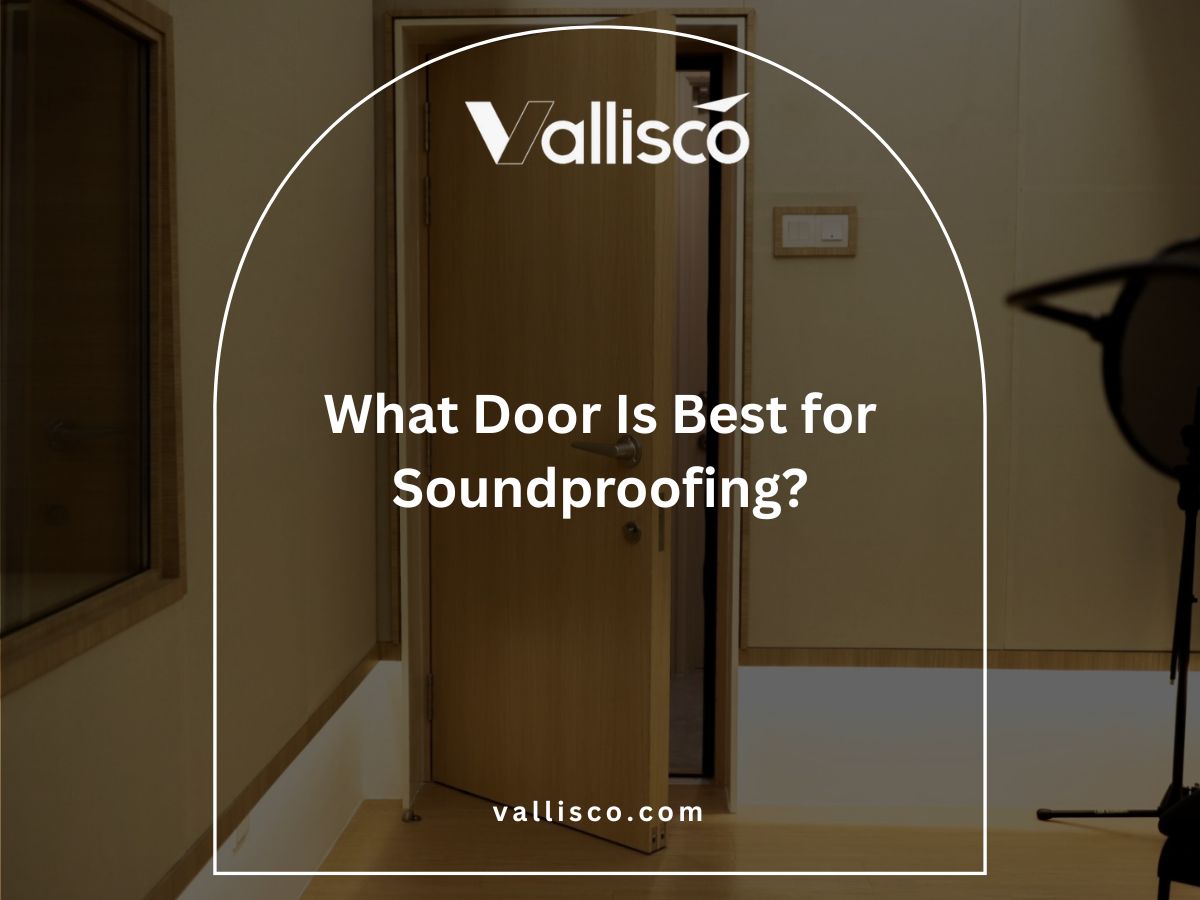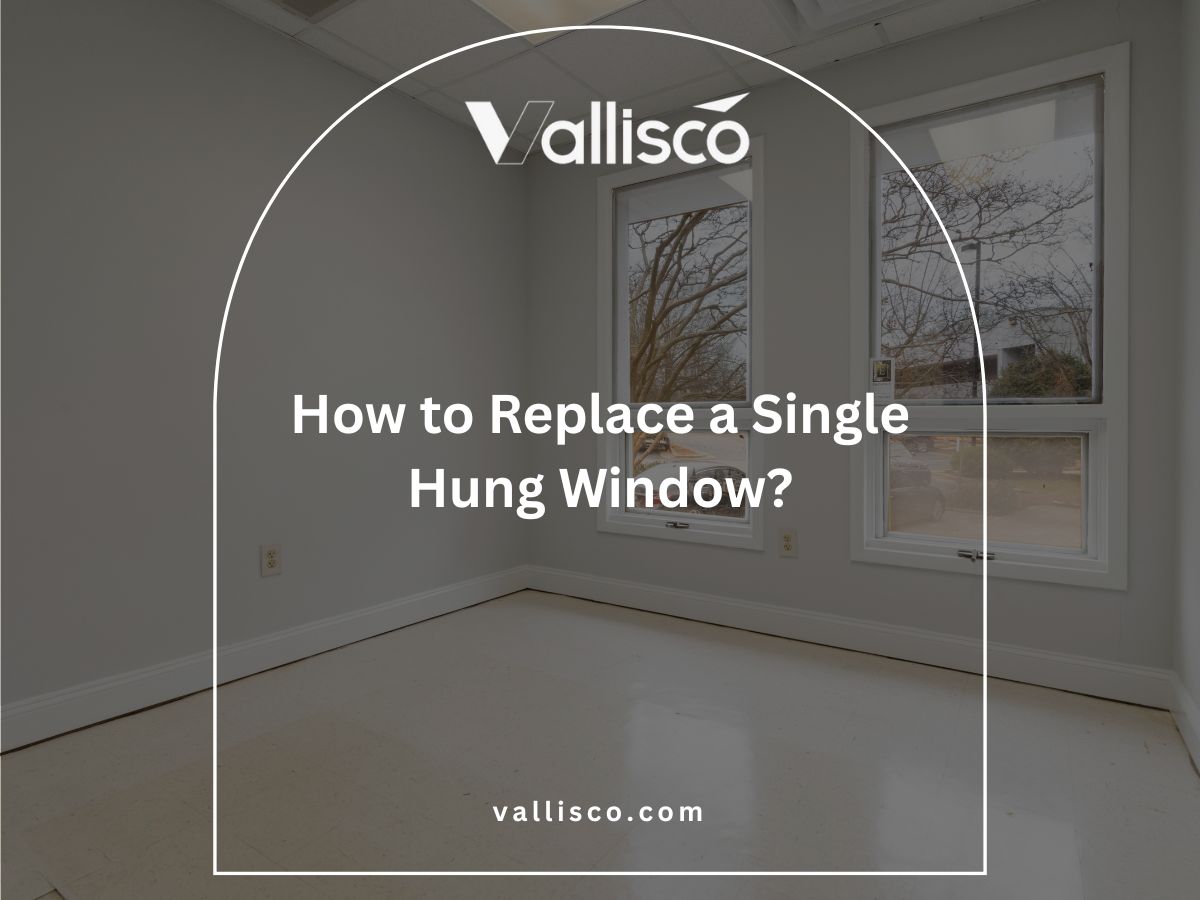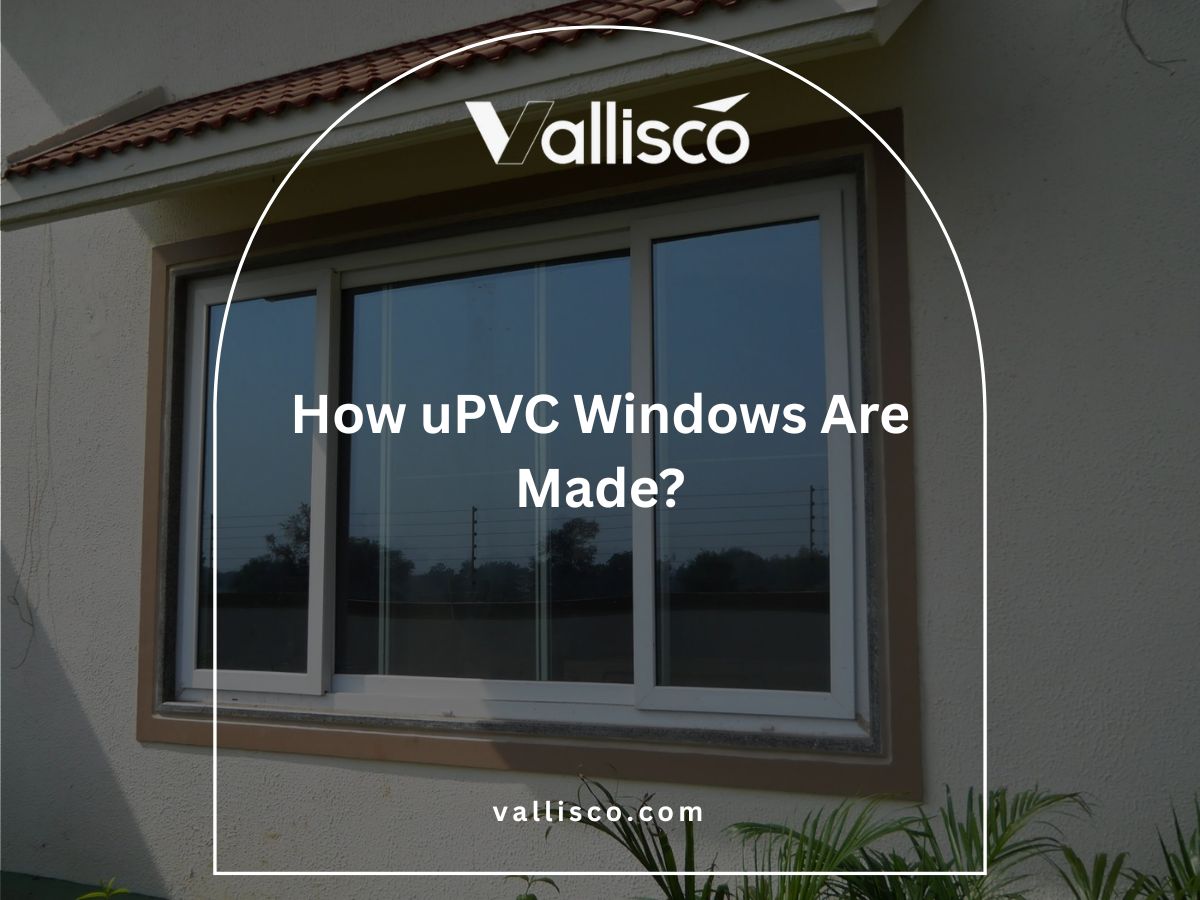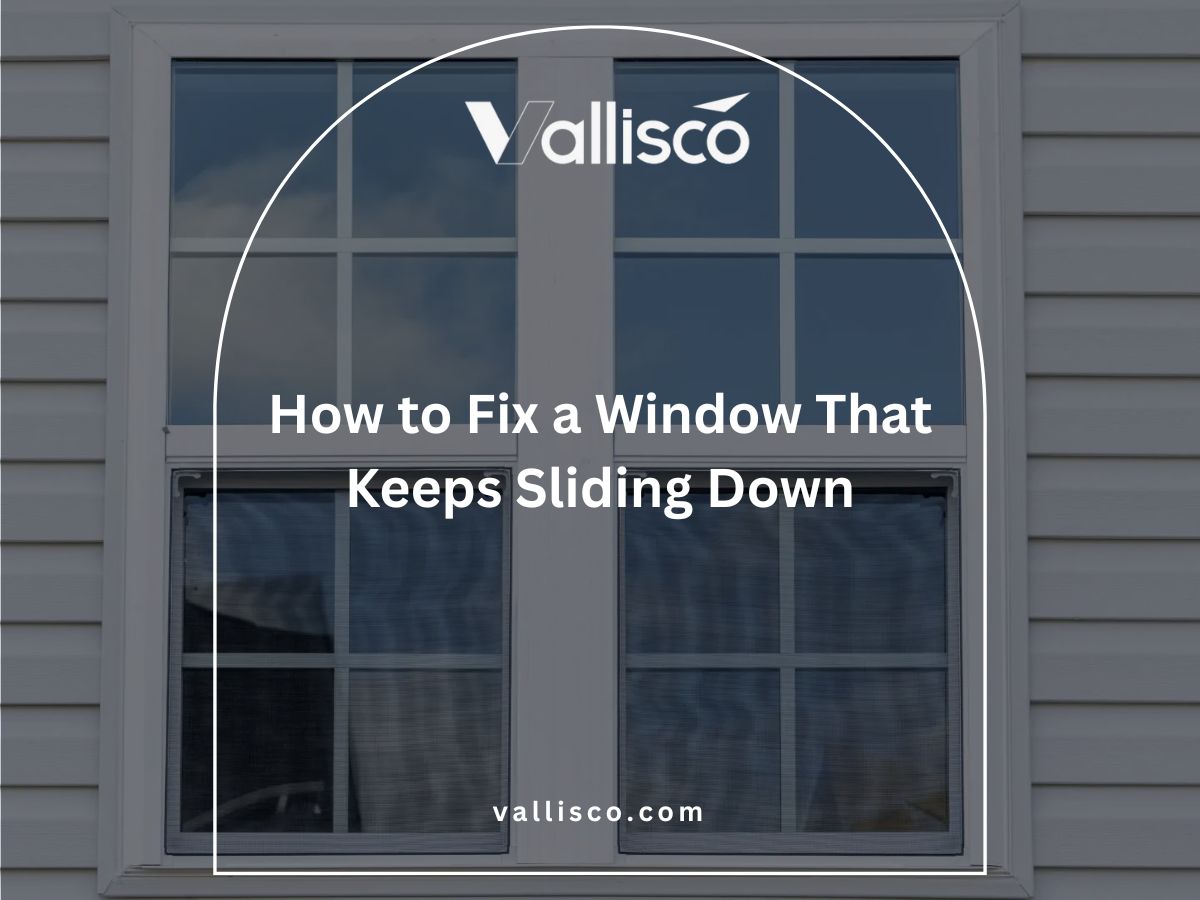Are you thinking about if awning windows might be the right solution for your commercial space? Many property owners face the same decision.
I first came across this challenge while advising a greenhouse project. The owners needed strong ventilation without constant upkeep.
As someone who works closely with businesses on door and window projects, I know how different windows perform in real settings. My experience led me to see how awning windows improve airflow in commercial property and make spaces more comfortable for guests.
In this article, I will guide you through commercial awning windows, their advantages, their uses, and practical points to consider. You will have clear answers by the time you finish reading.
The right choice now can save you costly repairs later.
So, let’s get started!
1. What Are Commercial Awning Windows?
Commercial awning windows open outward from the bottom, with the hinge placed at the top. I’ve seen them used in commercial spaces where owners wanted steady airflow without worrying about rain getting inside. They’re simple to use and add a clean, functional look to any building.
For you, the appeal is in both practicality and performance. These windows allow ventilation while protecting interiors, making them a strong choice for spaces like inns, B&Bs, or even greenhouses. From my own projects, I’ve learned they often solve problems that standard windows can’t.
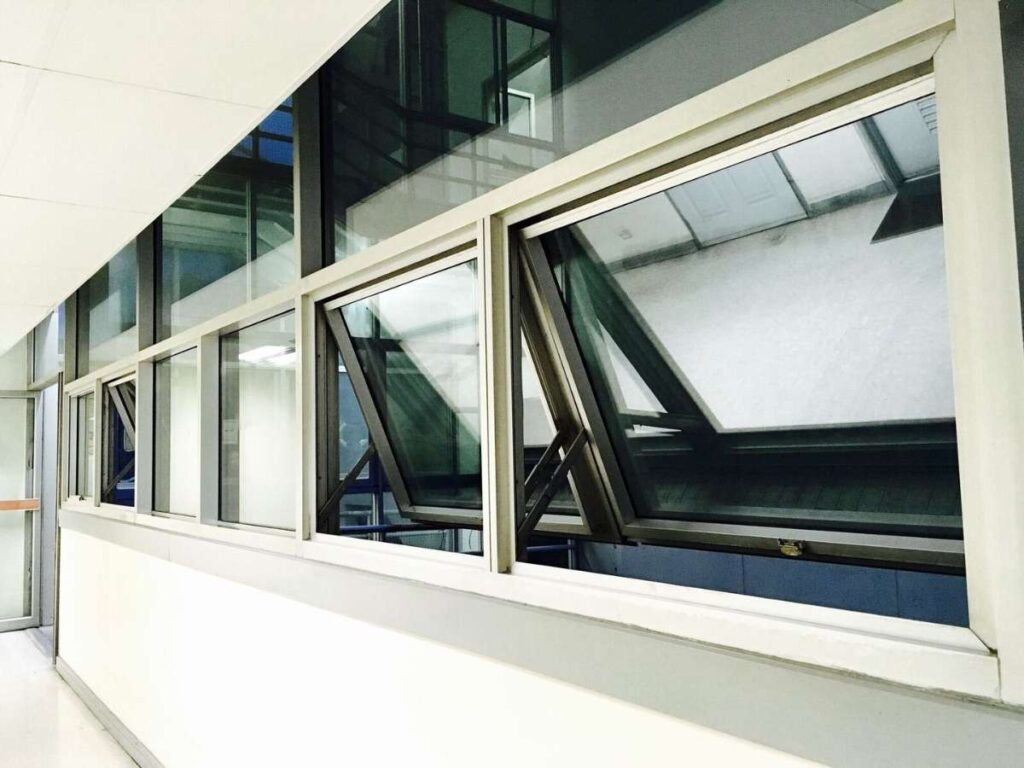
2. Benefits of Commercial Awning Windows
Commercial awning windows bring several advantages that matter to businesses. They make a difference in daily building use, long-term upkeep, and overall comfort. Here are the benefits explained in plain terms, so you can decide if they fit your project.
Ventilation That Works in Any Weather
Awning windows open outward from the bottom, which keeps rain from coming inside even when left open. This design allows steady airflow without creating water problems inside the building. For businesses, it means fewer complaints about dampness or stale rooms. It’s a simple function, but it delivers consistent results.
Lower Energy Costs
Good ventilation directly affects how much you spend on heating and cooling. Awning windows help reduce energy use by letting in air while still shielding interiors from direct sun or wind. Over time, this can cut costs in ways that show up on monthly bills. It’s not just about comfort, it’s about savings.
Versatile Placement Options
These windows fit well into different layouts. They can be placed higher on walls to improve airflow without sacrificing privacy, or combined with fixed glass for more natural light.
This flexibility makes them useful for villas, hotels, greenhouses, and many other settings. For you, it means easier planning across a range of projects.
Reliable Over the Long Term
Awning windows are built with a design that reduces stress on the frame and hardware. That adds to their durability compared to some other window types.
Less wear means fewer repairs and longer use, which helps you save time and resources in building maintenance. For commercial spaces, that reliability is valuable.
3. Key Material Options
When I talk with property owners, one of the first questions is always about frame material. It makes sense, your choice affects durability, energy use, and even long-term costs. For your projects, the frame needs to match both the building’s purpose and the budget.
Here’s a clear breakdown of the main options for commercial awning window frames:
| Material | Strengths | Limitations | Best For |
| Aluminum | Lightweight, strong, resists rust, low maintenance. | Can transfer heat and cold if not thermally broken. | Hotels, villas, or offices needing modern look and durability. |
| uPVC (Vinyl) | Good insulation, low cost, low maintenance. | Less strength for very large window sizes, not ideal for heavy use. | Small inns, B&Bs, or budget-focused projects. |
| Wood-Clad | Warm appearance, strong insulation, can be combined with aluminum outside. | Requires upkeep to prevent rot or damage if fully exposed. | Villas or boutique hotels wanting natural aesthetics. |
| Fiberglass | Strong, energy-efficient, resists warping, lasts long. | Higher upfront cost compared to uPVC or aluminum. | Greenhouses, high-use commercial spaces needing durability. |
| Steel | Extremely strong, slim profiles, high security. | Expensive, heavy, and requires protection against corrosion. | Industrial or specialized commercial projects needing strength. |
Choosing the right material really comes down to your building type and how much daily wear you expect. If you want low maintenance, aluminum or fiberglass may be best. If aesthetics matter most, wood-clad works well. Whatever the case, the right choice here saves you problems later.
When reviewing suppliers, I tend to notice which ones consistently provide well-built options across materials. Vallisco is one of the manufacturer that stands out for delivering frames designed to handle commercial demands.
4. Maintenance Considerations
Commercial awning windows are simple to care for, but they still need attention to perform well over time. Here are the key areas I focus on when advising businesses.
- Glass Cleaning: Clean glass improves both appearance and natural light inside a space. Mild soap and a soft cloth are enough to keep it clear.
- Frame Care: Each frame material needs a different approach. Aluminum and fiberglass only need wiping, while wood benefits from sealing or paint.
- Hinges: Hinges carry weight every time the window opens. A small amount of lubrication keeps them smooth and prevents wear.
- Handles and Locks: Handles and locks loosen over time with frequent use. Checking them often allows you to fix issues before they become bigger problems.
- Seals and Gaskets: Seals protect against drafts and water leaks. Regular inspection helps catch cracks or flattening before they affect performance.
- Drainage Channels: These windows have small tracks that direct water outside. Keeping them clear of dirt prevents leaks and hidden damage.
- Surface Finish: Exposure to weather slowly wears down surfaces. Light cleaning or touch-ups extend the frame’s service life and keep it looking professional.
Keeping up with these simple tasks saves you time, money, and stress in the long run. With consistent care, your awning windows will keep delivering value to your projects.
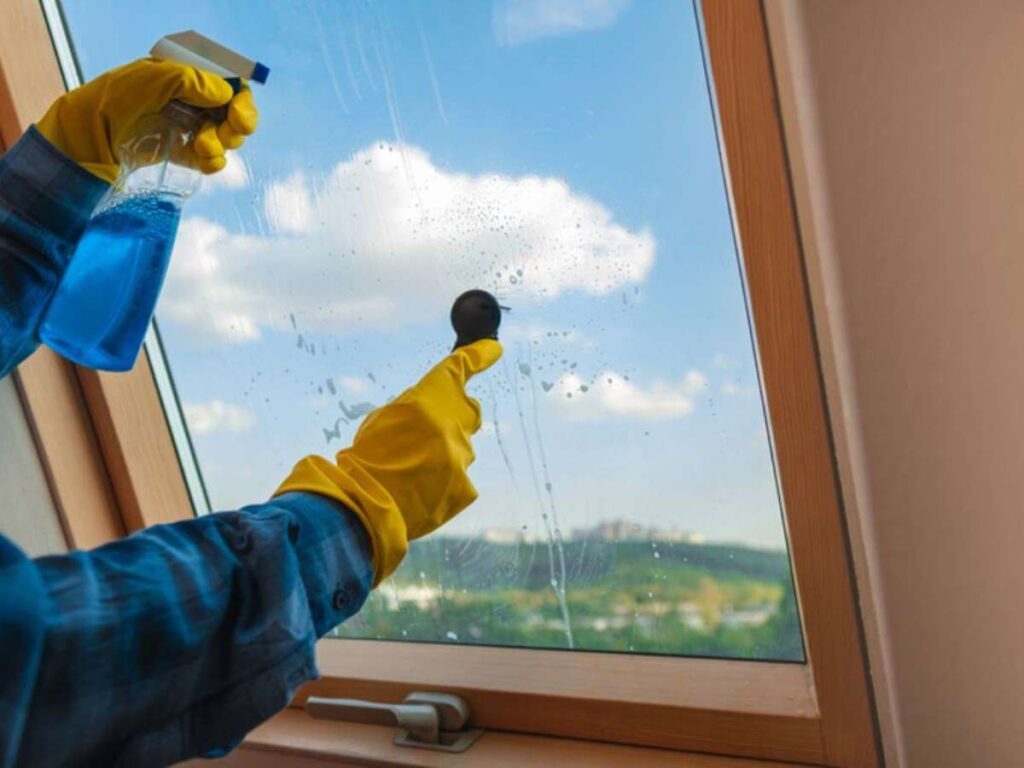
5. Standards and Compliance
When I talk with businesses about windows, compliance is often the last thing they think about, but it should be one of the first. Meeting the right standards protects you from fines, delays, and safety issues. Here are the areas that matter most for commercial awning windows.
Energy Efficiency Standards
Energy codes are different depending on where your project is located. Awning windows need to meet requirements for insulation and performance ratings, which directly affect heating and cooling costs.
I have worked on projects where missing this step meant redesigning window orders, and it cost both time and money. Paying attention here gives you an easier path to approval and long-term savings.
Safety and Building Codes
Local building codes often decide where and how you can use awning windows. In some projects, placement must follow rules about ventilation, egress, or even fire safety. I have seen situations where overlooking these codes caused inspection failures.
Staying ahead by checking requirements early keeps your project moving without interruptions.
Quality Certifications
Windows are tested for strength, air leakage, and water resistance, and these certifications matter more than many realize. I always look for products with reliable third-party marks because they show how the window will perform in real conditions.
For your business, this means fewer warranty claims and less stress later. Choosing certified products may cost a bit more upfront, but it pays back in reliability.
6. Common Buyer Mistakes To Avoid
Over the years, I’ve noticed that many businesses run into the same problems when buying commercial awning windows. Mistakes are often small decisions that end up costing more in the long run. Here are four I see the most, and how you can avoid them.
Choosing Based on Price Alone
I understand the pressure to keep costs low, but windows are not the place to cut corners. Cheap products usually mean weak hardware or poor sealing, and the savings disappear when you start paying for repairs. It is better to look at total value, not just the sticker price.
Overlooking Local Building Codes
I’ve seen how frustrating it is when a project stalls because the windows didn’t meet local requirements. Each location has its own set of rules, and ignoring them causes delays you can’t afford.
A quick check in the early stages saves you from bigger problems later.
Ignoring Ventilation Needs
It’s easy to get caught up in the design and forget how the windows will function day to day. Awning windows are chosen for their airflow, but if they’re placed in the wrong spots, they lose that benefit.
Thinking about how people will actually use the space keeps you from making this mistake.
Neglecting Maintenance Planning
Too many buyers treat windows as a one-time purchase. In reality, they perform best when you give them a little care over the years. A simple plan for cleaning, checking seals, and keeping hinges smooth goes a long way in protecting your investment.
Choosing the Wrong Supplier
Many buyers focus on the product but forget about the company behind it. The wrong supplier can cause delays, compliance issues, or poor after-sales support, which hurts your project in the long run.
That is why paying attention to suppliers consistently deliver both quality and service. Vallisco is one example I trust because they’ve built a reputation for reliability and commercial-grade performance.
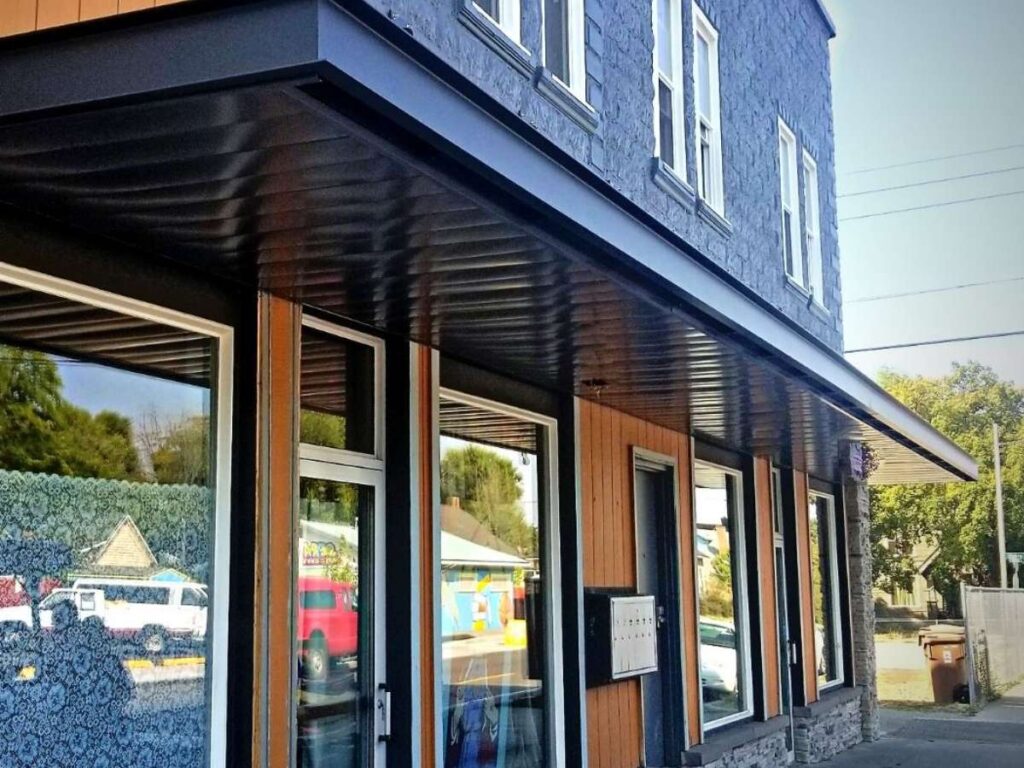
7. 4 Tips for Choosing the Right Commercial Awning Windows
Choosing the right windows for a commercial project isn’t about ticking boxes. It’s about finding the balance between design, performance, and long-term value. Here are some tips I’ve learned that may help you avoid missteps.
Tip#1 Match the Window to the Building’s Purpose
The first step is understanding what space really needs. A greenhouse, for example, has different airflow demands than a hotel guest room. There are projects where the wrong choice made rooms uncomfortable, which is why matching function to design always comes first.
Think about how people will actually use the building before placing the order.
Tip#2 Consider Long-Term Maintenance
It’s easy to get excited about how windows look on day one. But in reality, you’ll be dealing with them for years, and upkeep plays a big role.
Aluminum and fiberglass often make sense for businesses that want low maintenance, while wood requires more care but brings character. Ask yourself how much time and money you want to spend keeping them in shape.
Tip#3 Check Certifications and Standards
Compliance isn’t just paperwork, it protects you from setbacks. Certified products come with performance ratings for energy, air leakage, and water resistance, and those numbers matter in the long run.
I usually advise businesses to ask suppliers for documentation upfront. It gives you peace of mind and keeps inspectors satisfied.
Tip#4 Balance Budget With Value
Budgets are always a concern, and I understand the need to keep costs under control. Still, the cheapest option often leads to higher expenses later, whether it’s repairs, energy use, or replacements. Think about value over time rather than price alone. Spending a little more upfront often saves you much more down the road.
Conclusion
That greenhouse project showed me how the right window decision changes everything. Ventilation improved, upkeep dropped, and the space became easier to manage.
This guide gave you the same insight, covering what awning windows are, their benefits, and where they fit best. Your property deserves solutions that reduce problems, not create them.
And if you’re ready to move forward, work with a supplier who understands commercial demands. Vallisco is here to help.
Contact us today and let’s start your next build together!
Explore Related Resources
Want to see more? We’ve gathered additional product choices to give you even more variety:
Still haven’t found what you’re looking for? Don’t hesitate to contact us. We’re available around the clock to assist you.



